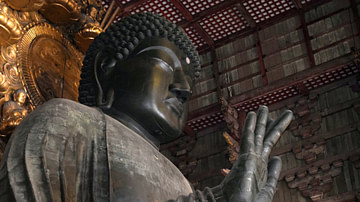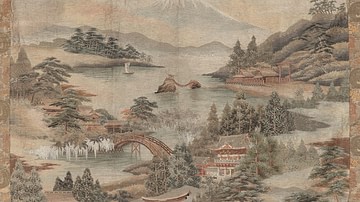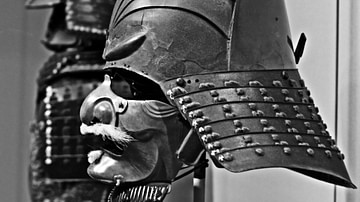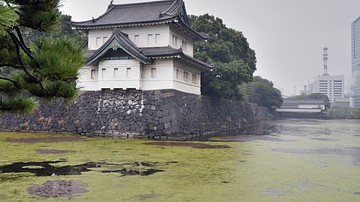Video
Cite This Work
APA Style
Kyokai, U. T. N. N. H. (2018, July 26). Historic Monuments of Ancient Nara (UNESCO/NHK). World History Encyclopedia. Retrieved from https://www.worldhistory.org/video/1400/historic-monuments-of-ancient-nara-unesconhk/
Chicago Style
Kyokai, UNESCO TV NHK Nippon Hoso. "Historic Monuments of Ancient Nara (UNESCO/NHK)." World History Encyclopedia. Last modified July 26, 2018. https://www.worldhistory.org/video/1400/historic-monuments-of-ancient-nara-unesconhk/.
MLA Style
Kyokai, UNESCO TV NHK Nippon Hoso. "Historic Monuments of Ancient Nara (UNESCO/NHK)." World History Encyclopedia. World History Encyclopedia, 26 Jul 2018, https://www.worldhistory.org/video/1400/historic-monuments-of-ancient-nara-unesconhk/. Web. 24 Apr 2025.





